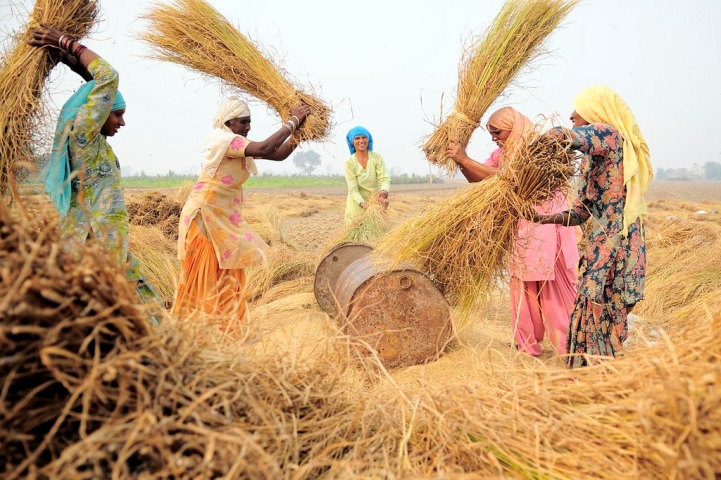Payout to farmers under direct income scheme likely before Feb 22

- Country:
- India
The first payout under the direct income scheme for farmers announced in the Interim Budget may be made even before the third week of February, says Economic Affairs Secretary Subhash Chandra Garg who sought to dismiss fears of land records holding up payments under the scheme. "Very serious preparations are going on. Some states are ready with their list. You might actually see the first payout in some states even before the date of February 22 as stated by the agriculture minister," he told IANS in an interview.
He said different states are in different stages of preparedness but some states that have their lists ready can be uploaded in a couple of days. However, in some states where the data is not adequate, the money transfer may take a little longer. "Data in some states are very accurate. Then there are some states that will need to do some marrying of the databases. They might need to have a field confirmation but all the states have data of operational holdings which are marginal and small. That is the starting point to build the family database," he said.
On February 1, Finance Minister Piyush Goyal, while presenting the Interim Budget, announced direct income support of Rs 6,000 to all farming families having land up to two hectares, or five acres, in three equal instalments each year. As the scheme, Pradhan Mantri Kisan Samman Nidhi (PM-KISAN), is effective from December 1, 2018, the first payment of Rs 2,000 per farming household for the four-month period ending March 31, 2019 is due before the end date.
Refuting criticism that the scheme reaches out only to a small fraction of people, he said it actually covers two-thirds of the rural population as an additional benefit and that there are other schemes taking care of the balance one-third population. "It's a national scheme announced for all farmers living anywhere in the country... There are about 18 crore households in rural areas. This scheme targets 12 to 12.5 crore of the households/families. So, it targets roughly about two-third families in rural areas. It is a big chunk of the people," he said.
Garg said the distress which has been captured across the country is a general price question where most of the crops are not giving returns to the farmers. This, he said, is being reflected in the low food inflation, which is actually negative. He said the direct income support is not the only scheme for farmers. It is in addition to all other existing benefits like minimum support price (MSP) that pays 50 per cent more than the cost of produce to farmers. One has to take a holistic view of the entire package of benefits that is aimed to address the farm distress, he said.
"This is not the only benefit which is being made available. This is topping up as an additional benefit. They are getting lot of benefits through subsidised inputs whether it is fertilisers, electricity, seed or loans. Those continue. None of them has been withdrawn," he said. Further, Garg said the direct income support is not related to any other performance, unlike MSP which requires a farmer to have a surplus to sell and subsidised farm inputs that may not benefit small farmers as much.
And, for the balance one-third of the rural population that may be landless and may have less employment, Garg said the government provides minimum 100-days job guarantee under the MGNREGA scheme. "These landless people also migrate to cities for working as labourers in the construction sector during the off-season period. For such people in the unorganised sector, the government announced a pension scheme of Rs 3,000 per month. This is a holistic measure, a complete package and does not ignore anyone," he said.
(With inputs from agencies.)
ALSO READ
ERC distributes Zakat Al Fitr to 1,270 families in Mukalla, Yemen
Unexpected Blessings: Over 180 Babies Born in Relief Camps for Displaced Families in Manipur
Polls divide families as fathers, sons take different political routes in Odisha
Decade after Chibok, Nigerian families still grappling with trauma of school kidnappings
UNICEF chief finally in Israel, meets with families of hostages










